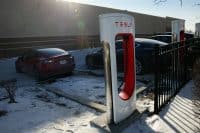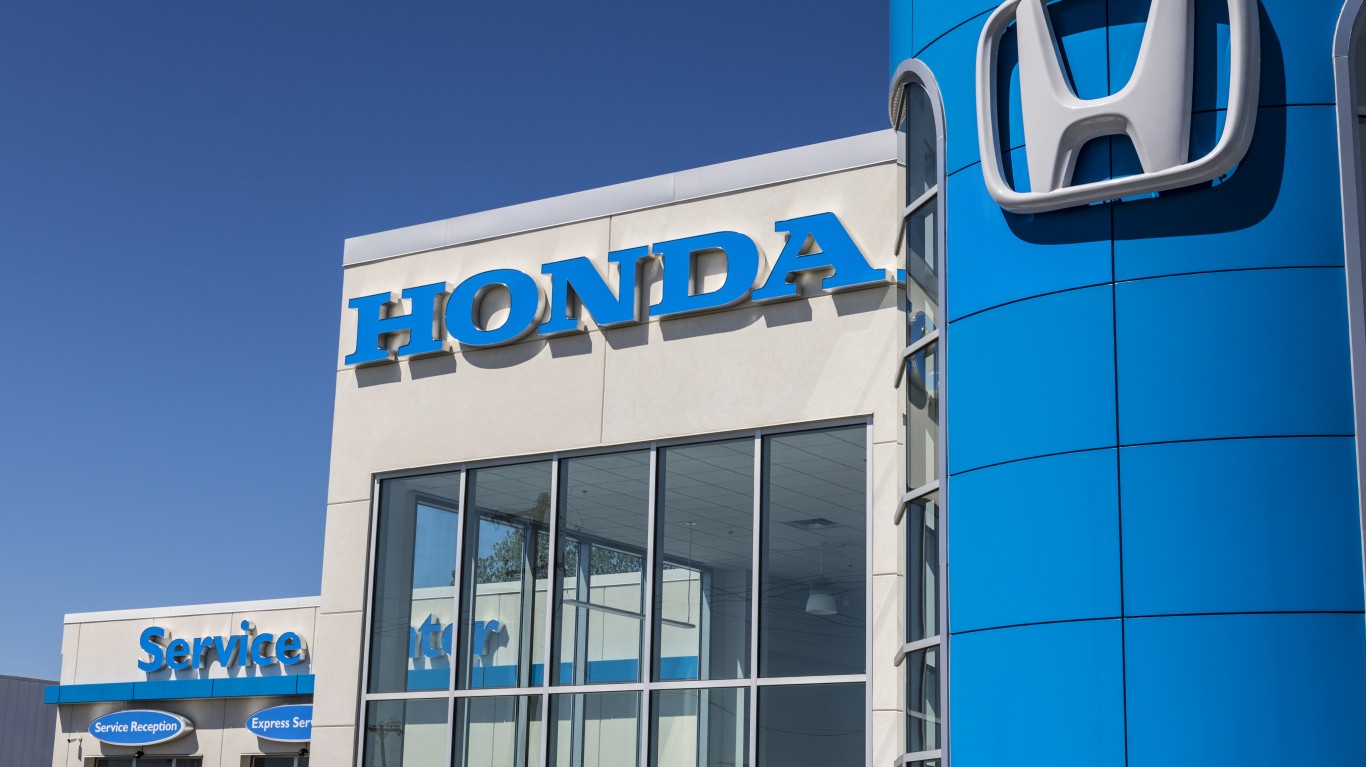
In 2012, the Obama administration and automakers who sell vehicles in the United States agreed to a fleet average fuel efficiency rating in the range of 40.3 to 41.0 mpg by model year 2021, rising to 54.5 mpg by 2025. The National Highway Traffic Safety Administration (NHTSA) on Tuesday filed a notice of the agency’s intention to review and potentially revise the so-called Corporate Average Fuel Economy (CAFE) standard scheduled to take effect for model year 2021 cars and light trucks.
In the final weeks and moments of the Obama administration, the U.S. Environmental Protection Agency (EPA) issued a final determination on January 13 that maintained the 2012 targets. Automakers objected and President Trump ordered a review of the fuel-efficiency standards for model years 2022 to 2025.
Among the options the NHTSA may consider is freezing the 2021 requirements through 2025 rather than requiring annual increases in fleet fuel-efficiency ratings.
Based on carmakers’ experience and other forecast data, the NHTSA and the EPA have lowered the 2012 projection for model year 2025 vehicles to a range of 48.7 to 49.7 mpg, about 10% below the 2012 target. That is still far below current fleet ratings of around 28 mpg.
Automakers, through the Alliance of Automobile Manufacturers, wrote to new EPA administrator Scott Pruitt in February asking him to withdraw the EPA’s January final rule for procedural reasons. The president ordered the review a month later.
In the draft document filed Tuesday, the NHTSA said it intends to propose separate “attribute-based” standards for cars and light trucks for each model year between 2022 and 2025. According to the filing:
[NHTSA plans to create a “footprint” with] specific fuel economy “targets,” with larger vehicles (and light trucks) generally having lower fuel economy targets than smaller vehicles (and passenger cars), reflecting their fuel economy capabilities. … A manufacturer’s individual CAFE standards for cars and trucks, in turn, would be based on the target levels set for the footprints of its particular mix of cars and trucks manufactured in that model year. A manufacturer with a relatively high percentage of smaller vehicles would have a higher standard than a manufacturer with a relatively low percentage of smaller vehicles.
In other words, in the pickup-truck-and-SUV-loving United States, the fuel-economy standards will be easier for the larger, heavier vehicles — primarily manufactured by American automakers — to meet. Makers of smaller, more fuel-efficient cars will be held to a higher standard.
The NHTSA is considering other courses of action as well. The draft filing is available at the Federal Register.
Get Ready To Retire (Sponsored)
Start by taking a quick retirement quiz from SmartAsset that will match you with up to 3 financial advisors that serve your area and beyond in 5 minutes, or less.
Each advisor has been vetted by SmartAsset and is held to a fiduciary standard to act in your best interests.
Here’s how it works:
1. Answer SmartAsset advisor match quiz
2. Review your pre-screened matches at your leisure. Check out the advisors’ profiles.
3. Speak with advisors at no cost to you. Have an introductory call on the phone or introduction in person and choose whom to work with in the future
Thank you for reading! Have some feedback for us?
Contact the 24/7 Wall St. editorial team.



